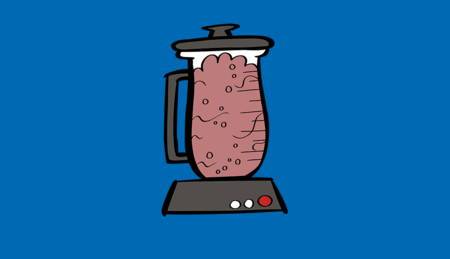What are consonant blends?
Consonant blends are clusters of two or three consonants which appear together in a word. Each letter in a blend makes a sound and these sounds are then blended together. For example, in the word play, the p and the l must be blended together to read the full word. In the word scrape, three consonants make up the blend: s, c, and r. Consonant blends can often be found at the beginning or end of words. Children must learn how to pronounce them orally but also how to spell them in written speech.
There is a crucial difference between blends and digraphs. While digraphs are also combinations of letters, they form a single sound, whereas in consonant blends all the letters included still make their own sound -- the individual sounds are just quickly pronounced together. For example, the s-p-l in splash is a consonant blend, but the sh is a digraph.
Why are consonant blends important?
Consonant blends are extremely common -- there are several in this sentence alone -- so it’s helpful for children to be familiar with them. Learning blends is helpful especially when tackling unfamiliar words because it will enable children to identify blends as familiar units within unknown words; this then will make decoding unfamiliar words easier.
Tips for teaching consonant blends:
- Teaching blends requires practice and should begin at a young age with oral blending. Oral blending helps teach children how to put sounds together to make words.
- Help children notice common blends in words we use every day. For example, bl-, fl-, pl-, sl-, and dr- are all common consonant blends. A good approach is to ask children to pronounce and write words with consonant blends after you use them in a sentence. This will encourage them to understand how sounds combine, but also to associate each word to its meaning.
- Start with short words, then slowly build toward longer, more complex words -- this will help children understand blends and will help them feel more confident about reading, even when attempting words they don’t know yet, or words with blends they haven’t seen before.
- Try our fun Race-Track Blends activity below!

Research
How to teach consonant blends
Activities


